Why is rhyming important in the early childhood classroom? Let’s delve into five main reasons toddlers, preschoolers, and kindergartners need to be exposed to this oral language skill.
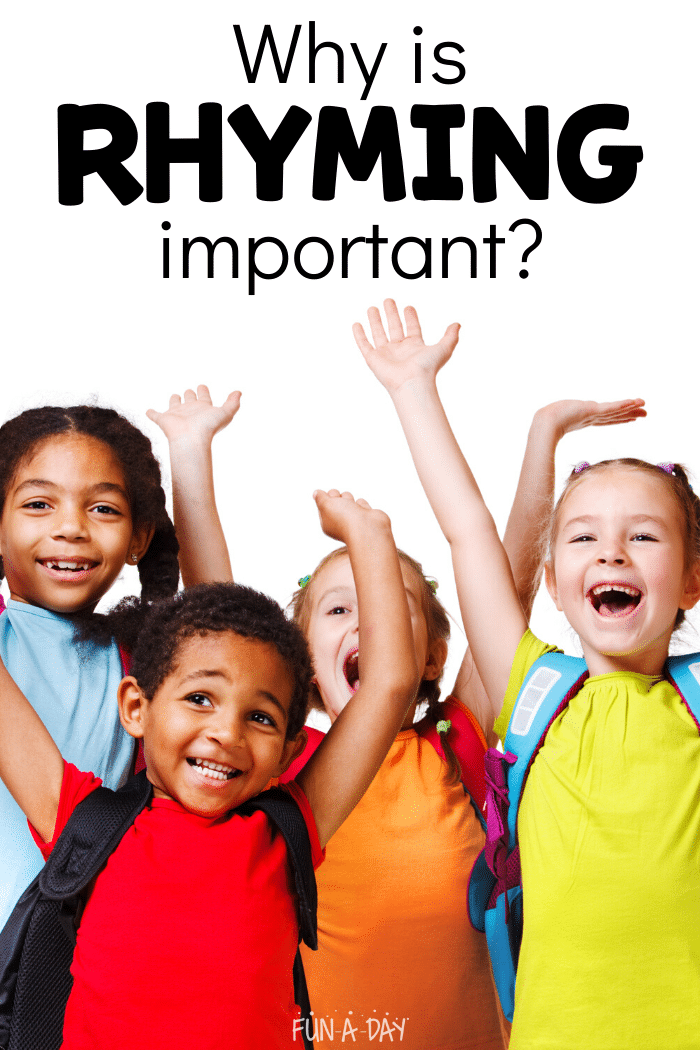
Related: Rhyming Games for Preschoolers
Twinkle, twinkle, little star,
How I wonder what you are!
Up above the world so high,
Like a diamond in the sky.
You’re probably versed in a WIDE variety of rhyming songs, games, and nursery rhymes thanks to your work as an early childhood educator.
Or because your own children wanted to sing them over and over (and over!) again.
And, let’s be honest, you’ve likely had many in your head since your own preschool days, right?
If you’ve ever asked yourself, “Why is rhyming important, anyway?” I’ve got some answers for you.
What is Rhyming?
Before we jump into the reasons that rhyming is important for kids, let’s define the terms.
I’m sure you’re already aware, but it doesn’t hurt to start off on the same page.
Merriam-Webster defines rhyming as
correspondence in terminal sounds of units of composition or utterance
Or, as I tell the kids, rhyming words sound the same at the end!
It’s a phonemic awareness skill, meaning that it’s all about manipulating oral language.
Rhyming is just one small part of phonemic awareness . . . of working with language, sounds within language, and playing with language.
Why is Rhyming Important?
It’s important for so many reasons!
But today we’re going to focus in one what I consider to be the five biggest reasons.
Feel free to leave me a comment about YOUR top reasons for teaching rhyming!
Rhyming and Reading Development
Let’s start by talking about reading (or at least getting ready to read).
A multitude of research has shown a correlation between rhyming mastery and eventual reading preparedness.
Specifically, a lot of educational researchers have found that familiarity with nursery rhymes lends itself to eventual reading success.
Now, if your student or child isn’t a rhyming machine right now, please don’t freak out!
This doesn’t mean she’s going to be a below-average reader when she’s older.
It just means that you can incorporate more rhyming activities into your day.
Oral Language Skills
Next, let’s talk oral language skills.
Specifically, rhyming helps children improve their oral language skills, overall.
It helps kids to playfully manipulate their language, which gives them a kind of “permission” to manipulate language in other ways.
Children have more ownership over their language when they’re encouraged to change it and play with how they speak.
Learning to Write
As previously mentioned, rhyming is an aspect of phonemic awareness (awareness of how to listen to, identify, and change around the sounds in spoken language).
Phonemic awareness lays the groundwork for written language.
So, in addition to helping children with their pre-reading skills, understanding how to rhyme is also a precursor to learning how to write.
Eventually, children will start to notice that the words that rhyme may have some letters in common when written down.
Teachers can comment on this fact when appropriate, thus bringing the kids’ attention to commonalities as they learn how to write.
Related: Rhyming Books for Kids
Learning to Predict
Have you ever been singing or chanting with the children:
Twinkle, twinkle, little star,
How I wonder what you . . .
And then you pause before that last word, giving your students the chance to yell, “ARE!”
Yes, that example is likely one your students know by heart. So hearing them filling in the word might not be much of a surprise.
But then you introduce a new chant, and you hear your children filling in the rhyming words on their own?
Because the kids are learning to predict what’s coming. Which lends itself to learning how to predict what’s going to happen next in a story, or what an unknown word is when reading a new book.
Why is Rhyming Important? Because It’s Fun!
Rhyming is fun.
It just is, especially when kids get to throw in some of their own nonsense words.
This sense of fun shows children the learning can be entertaining and interesting!
When young children are engaged and enjoying themselves, they’re so much more invested in their learning.
And that investment means more time spent exploring early learning skills, greater classroom engagement, and more opportunities to explore and learn.
Related: How to Teach Rhyming
A Quick Note about English Learners
Years ago, a good friend of mine (from my kindergarten teaching days) asked me about teaching rhyming.
She was working with English learners in kindergarten and wanted more ideas about how to incorporate rhyming into her classroom.
It was this conversation with her that inspired me to start writing about rhyming in early childhood.
With that background, I wanted to take a moment to note that English learners might struggle with rhyming more than native English speakers.
This makes sense, of course, since learning to manipulate a new language can be a bit difficult at first.
This usually works itself out as the children become more familiar with the language.
Research indicates that their rhyming ability often improves parallel to their English reading improvement.
Preschool Rhyming Books
If you are a regular reader of Fun A Day, you probably already know that I never pass up the opportunity to give some great preschool book recommendations. Check out some of my favorite rhyming books below (I may get commissions for purchases made through links in this post):
Digital Rhyming Pack
Be sure to check out this amazing digital rhyming resource that is just right for preschool and kindergarten kids.
It comes as a set of Google Slides that you can use in the classroom or as part of virtual learning. Plus, it includes a printable set of the slides that can be used in your classroom centers and small groups.
Related: Hickory Dickory Dock printable
More Done-For-You Early Literacy Resources
You need to check out Preschool Teacher 101 for a multitude of preschool resources.
Be sure to get on the The Pack membership waiting list while you’re there. It will make an enormous impact on your teaching.
Below are some wonderful early literacy resources that are ready to go. Click on the photos for more information about each:
originally published April 15, 2013
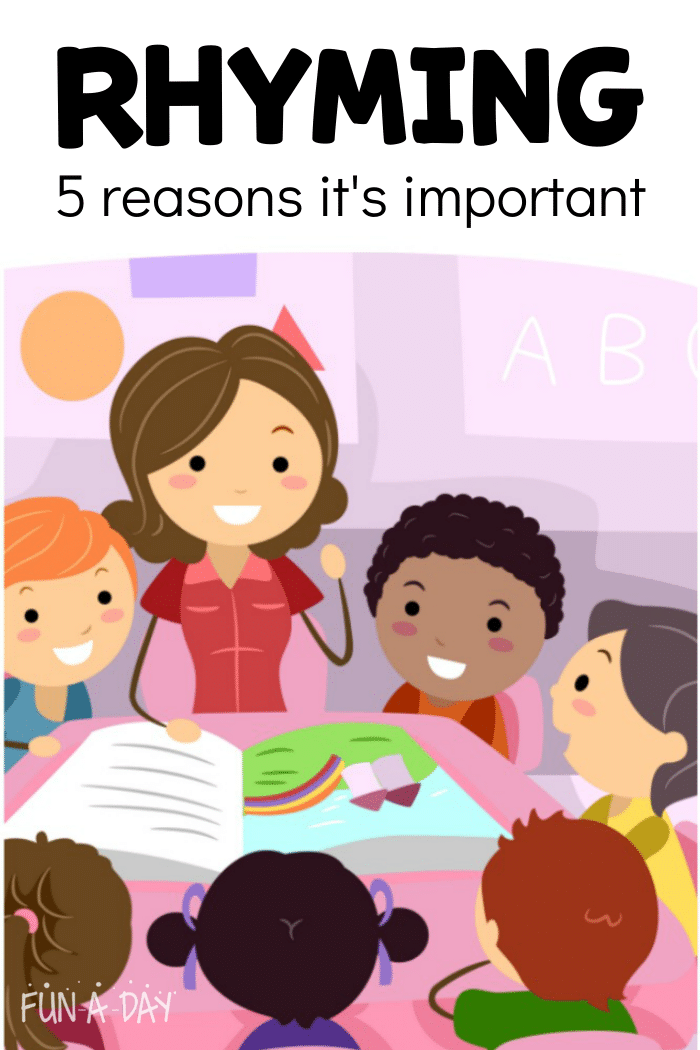
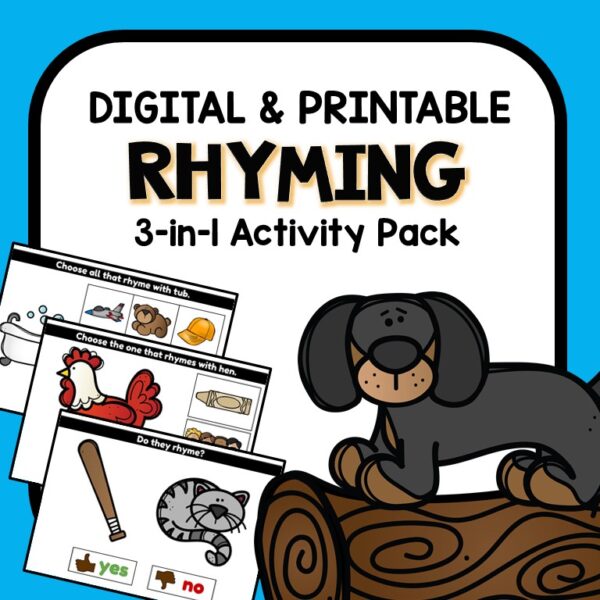
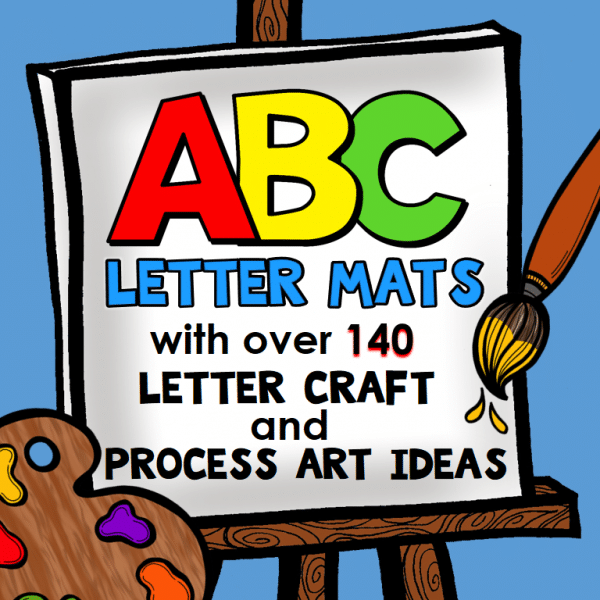
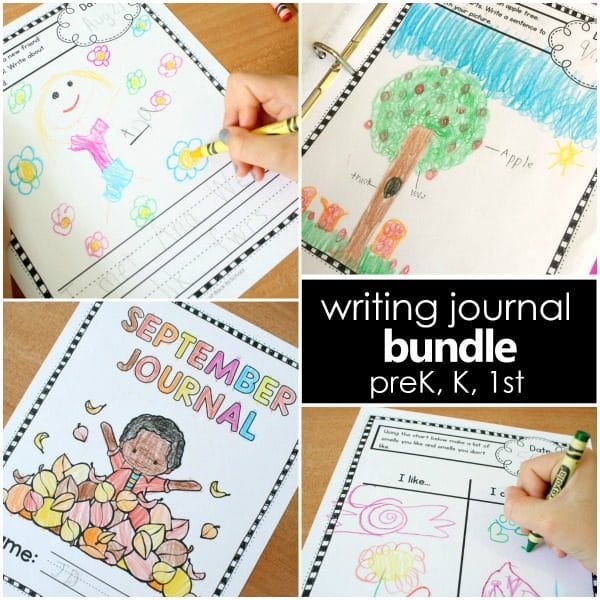
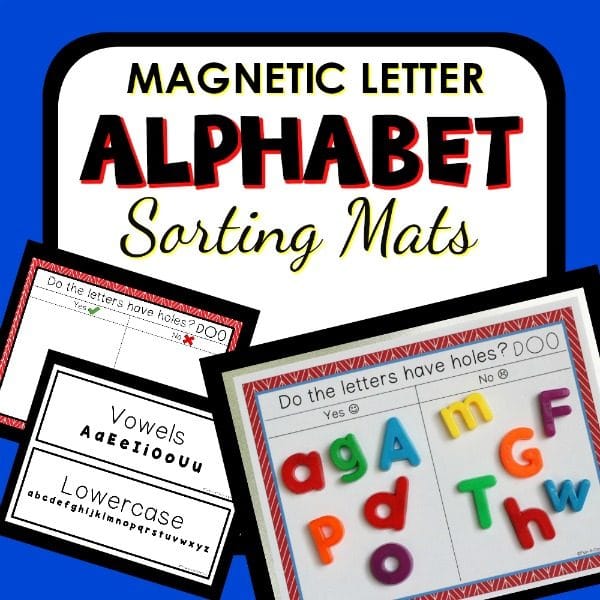
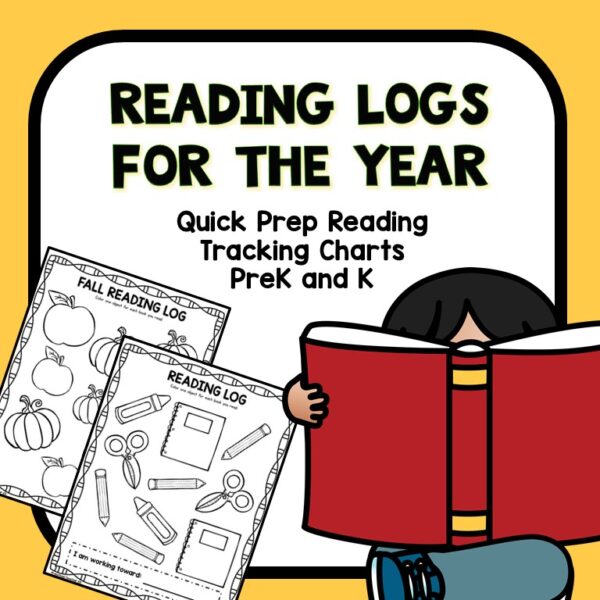

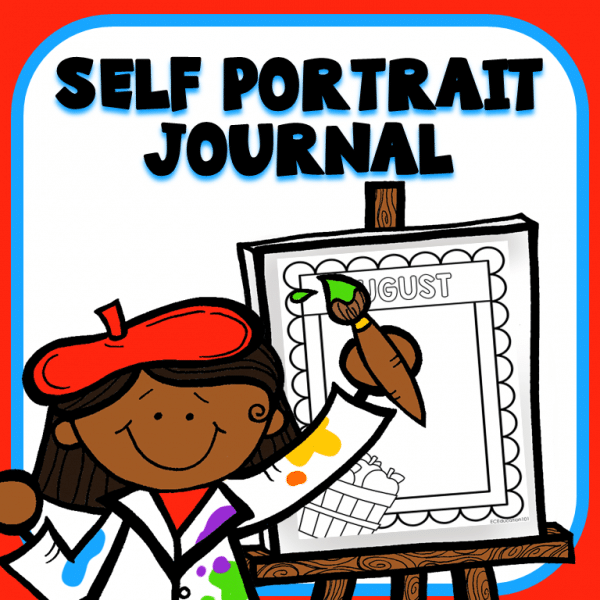
Great idea for a series, Mary Catherine! My son has so much fun making up silly words and he’s really into rhyming lately. The while process of language development is fascinating to me.
Thanks, Ann. I have to completely agree with you — I am totally fascinated by how children develop language, as well as how children learn to read and write. The brain is amazing, isn’t it? 🙂
question is when working with DLL ‘s how does the rhyming thing look? Its important to teach in the home language….except often within a classroom there is not a bilingual with the knowledge to do so, and parents who should be teaching this important step in promoting literacy often see it from the stand point that they want their children speaking English. I know there is much more research addressing these questions just wondering if you could point me in the right direction.
Hi Kimberly, thank you for your question! I taught kindergarten for 5 years, and the majority of my students each year were English Language Learners. I taught only in English, which means that my students were learning the language on top of everything else. Unfortunately, what the children were doing (or not doing) in their home language was not something I could control. Which is likely what you’re dealing with.
The key here is perseverance and exposure — kids need to keep being exposed to rhyming in all its forms, over and over again. ELL need that exposure and repetition even more! Even if it doesn’t seem to be “working”, it is! ELL may just take longer to internalize all of the information. If you look through research from NAEYC, the Reading Recovery Council, and the International Reading Association, you’ll see the same information.
Use the ideas from the rest of this rhyming series for your ELL, even if at first it doesn’t seem to be getting through. Bring in tons of fun songs and books. Make the teaching meaningful to the kids. If possible, remind the children’s parents that their home language is important too! Hearing songs, listening to books, and talking in their primary language with their family won’t hurt English language development. Encourage rhyming games at home in their native language. ELL are just as capable of learning literacy concepts as their English-only peers. It just takes longer sometimes because of the course of language acquisition.
Hello! I teach ELL preschoolers, and they have a particularly difficult time with rhyming because it isn’t a component of their home language. Does anyone have suggestions for implementing rhyming successfully in an ELL curriculum? Some of the activities that do well for English speaking children don’t go so well for ELL students, so I have stressed it less in my curriculum.
Hi Sara, I just wrote a (long-winded) reply to Kimberly about the same topic. To summarize — keep exposing your ELL to the concepts. Consistency and repetition are key.
I have a 3 1/2 year old that speaks Spanish at home. My mainly objective is to make him bilingual. My son is very talkative and started to speak earlier than expected. As somebody explained before, rhyming is not that critical prerequisite to reading and writing. My daughter is 6 years old and had a tough start in kindergarten and i don’t want the same to happen to my son.. It seems that my son doesn’t get rhyming yet, It’s very frustrating so I have decided to go even simpler. I started to teach the vocabulary that goes with the rhyming pictures and now I’m exposing him only to words that rhyme without asking him yet if it rhymes. I also decided to read the rhymes (3 little kittens) and not to play them with background music. I have seen some improvement. I hope it helps!
Thanks so much for sharing your experience, Carolina. I do have to disagree with what you were told – rhyming (and other oral language learning) is indeed important for reading. I agree that kids need to experience rhyming in many different ways (songs, books, games, etc.)! At 3, that’s what kids should be exploring, without the pressure of having to identify if it rhymes. Lots and lots of modeling, too!
May I link your wonderful site to my school blog?
You’re so sweet! Of course, feel free to link directly to Fun-A-Day or to one of the posts you find helpful. 🙂
Hi Mary Catherine,
Thank you for sharing this article with us.I was planning to use this article to make a mini-lesson plan for my assignment. How can I cite this information in my reference as I could not find the year on this article?
Thanks!
Thanks so much for letting me know. The date on this particular post is April 2013. Glad I could help. 😉
I have a new high school student in my structured literacy OG class. It is a small group of students. Language deficits were obvious immediately. I had the speech and language teacher give this student a phonemic awareness assessment and this student had major deficits in different areas, including rhyming. Almost all PA activities and insstruction is targeted toward much younger students. Do you have any information that I can use with this student, especially for rhyming.
Hi Donna! I haven’t worked with high school students very much, and those I have worked with haven’t needed rhyming instruction. My inclination would be to fall back on a lot of what works with younger children – books with rhymes, songs, poems, and games. But, yes, you’d want to find materials that are interesting to a high school student, rather than a young child. I’ll see if any of my high school teacher friends have suggestions (and I’ll come back here to fill you in if they do).